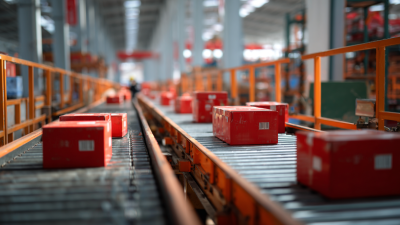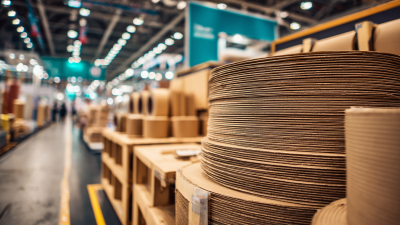
The increasing complexity of global supply chains necessitates innovative solutions for safe cargo handling, one of which is the Edge Protector Pallet. According to a recent report from the International Journal of Logistics Management, approximately 30% of cargo damages occur during transport due to inadequate protective measures. Edge Protector Pallets demonstrate significant advantages in mitigating these risks by providing critical reinforcement at edges and corners, where damage is most likely to occur. These pallets not only contribute to the preservation of product integrity but also enhance stacking stability, ultimately leading to reduced costs associated with product loss and damage claims. With the global logistics market projected to reach USD 12 trillion by 2027, incorporating Edge Protector Pallets could prove pivotal in optimizing supply chain efficiency and safety, positioning companies for success in an increasingly competitive landscape.
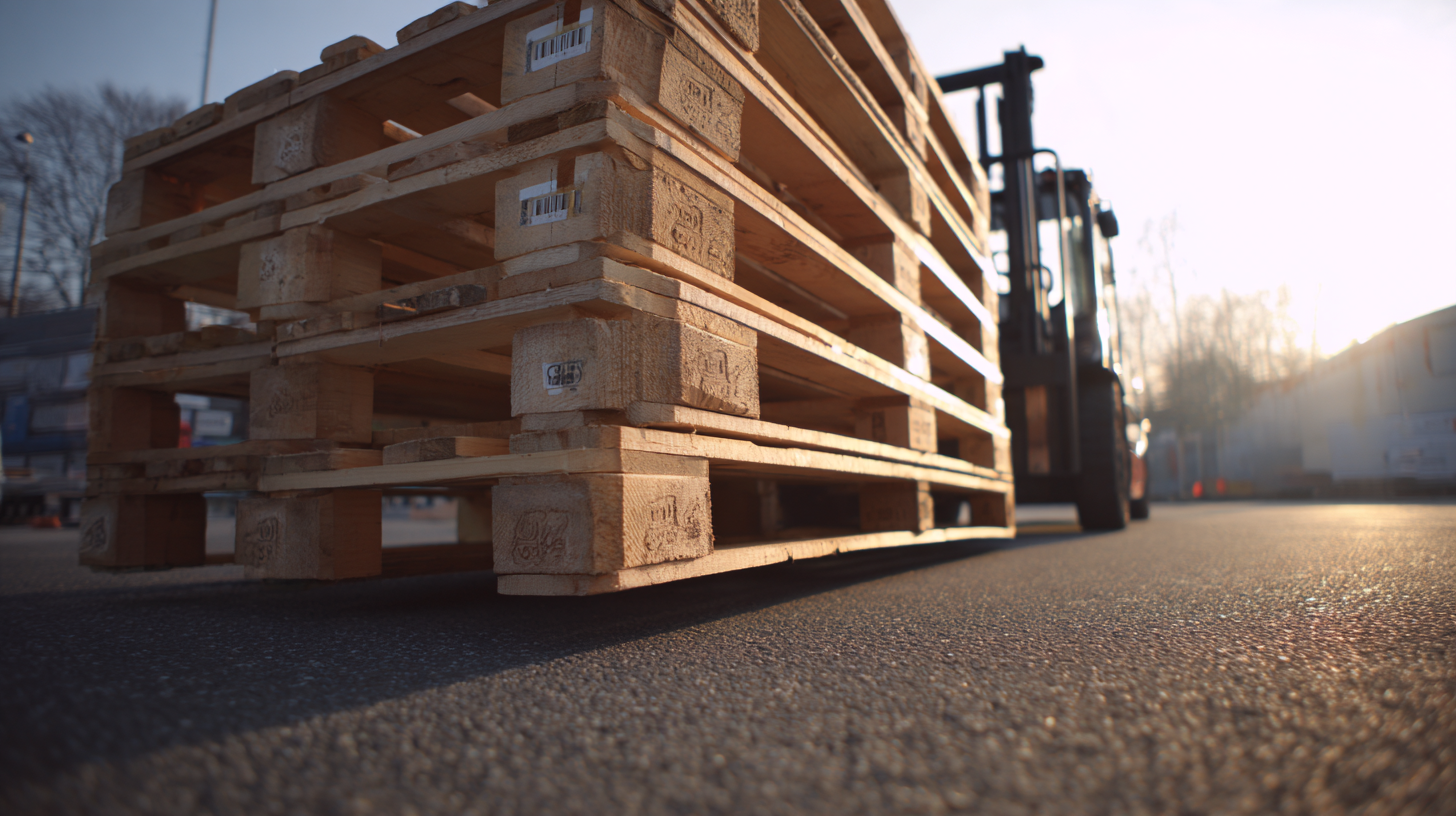
When it comes to ensuring the safe transport of cargo, choosing the right edge protector pallet is crucial. These pallets not only safeguard your products from damage but also enhance stability during transit. When selecting an edge protector pallet, consider the size, weight capacity, and material of the pallet. A pallet that is too small or weak could fail to adequately support your cargo, leading to potential loss or damage.
Tips: Always measure your cargo dimensions and assess its weight before choosing a pallet. Opt for edge protectors made from durable materials like corrugated cardboard or plastic, as they offer superior protection and resilience. Additionally, consider the type of transport you’ll use; certain edge protectors are designed specifically for shipping methods such as sea freight or air transport.
Another important aspect is the design of the edge protector. Look for pallets with features that align with your handling process. For instance, if your cargo requires stacking, choose edge protectors that support multi-tier stacking without compromising stability. This will help maintain an organized loading area and minimize the risk of accidents during handling.
Tips: Check for anti-slip features if your cargo is prone to shifting during transport. Moreover, integrating edge protectors with strapping systems can enhance security and provide extra hold, ensuring your cargo remains intact throughout its journey.
When it comes to safely transporting cargo, understanding how to properly install and use edge protector pallets is crucial. These pallets play a vital role in minimizing damage to goods by reinforcing the edges during handling and transit. To begin the installation process, ensure the surface where the edge protectors will be placed is clean and free from any debris. This creates a stable foundation for the edge protectors to effectively secure the load.
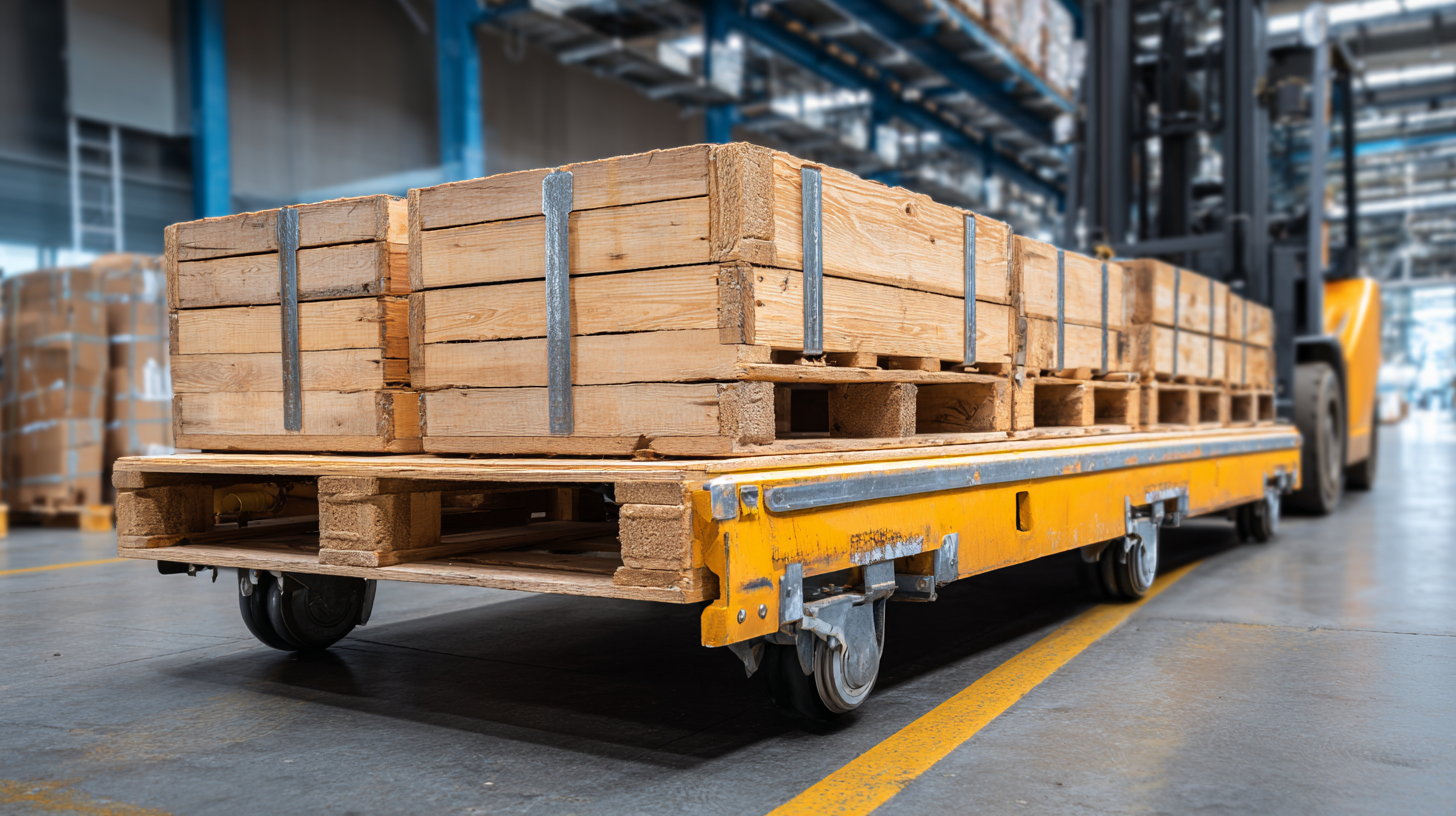
Once the area is prepared, position the edge protectors snugly around the edges of the pallet. Pay special attention to aligning them with the corners of the load to provide maximum support. After placing the edge protectors, secure them in place with strapping or stretch wrap, ensuring a tight fit to prevent any shifting during transport. Additionally, double-check that the weight distribution on the pallet is even, which will enhance stability and prevent the cargo from toppling during handling. By following these steps, you can ensure that edge protector pallets effectively safeguard your cargo throughout its journey.
Edge protectors play a crucial role in enhancing safety during material handling by preventing damage to both cargo and the workers involved. These protective devices are designed to absorb shocks and stress that may occur during transportation, ensuring that items such as boxes and pallets remain secure. By distributing weight evenly and preventing slippage, edge protectors help to mitigate the risk of accidents caused by shifting loads, reducing potential injuries and product loss.
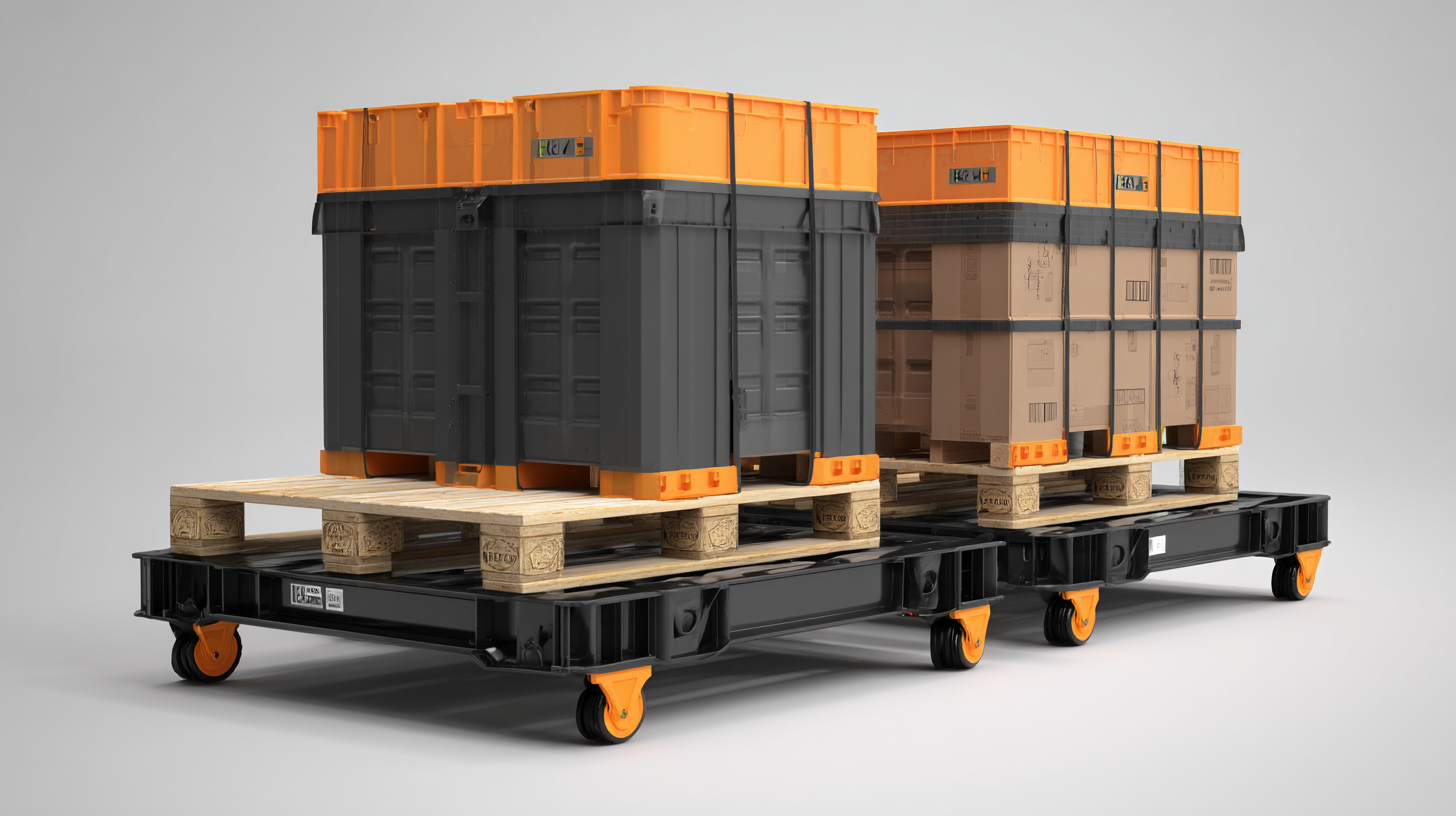
Incorporating edge protectors into your material handling processes can significantly improve operational efficiency. They not only safeguard the integrity of the cargo but also provide an added level of safety for employees navigating warehouse or loading areas. Additionally, using edge protectors can streamline the packing and moving process, as workers can handle loads confidently knowing that the risk of damage to both the cargo and their safety is minimized. This ultimately creates a safer work environment and boosts productivity, making edge protectors an essential component in any logistics strategy.
When evaluating the cost-effectiveness of edge protector pallets, it's essential to consider both direct and indirect benefits. On one hand, these pallets may require an initial investment, but their ability to reduce product damage during transit can significantly lower replacement costs and associated liabilities. By protecting cargo corners and edges from impact, edge protectors minimize the risk of damages that can occur during handling and transportation, ultimately leading to savings on both material costs and insurance premiums.
On the other hand, considering the potential increase in operational efficiency is crucial. Utilizing edge protector pallets can streamline logistics processes by reducing the time spent on inspections and managing damaged goods. This efficiency can translate to lower labor costs and improved throughput in warehouses. Additionally, edge protectors enhance safety by minimizing the risk of accidents related to cargo damage, further promoting a stable work environment. By weighing these factors, businesses can make informed decisions on the long-term financial benefits of incorporating edge protector pallets into their supply chain practices.
Proper maintenance and storage of edge protector pallets are crucial for ensuring their longevity and effectiveness in safeguarding cargo. According to the Warehousing Education and Research Council (WERC) report, the proper upkeep of handling equipment can increase their lifespan by up to 50%. Regular inspections for wear and tear, along with a strict cleaning schedule, are recommended practices. Ensure that the pallets are free of contaminants like dust or moisture, which can compromise their structural integrity.
When it comes to storing edge protector pallets, it is essential to keep them in a climate-controlled environment. Extreme temperatures and humidity can lead to material degradation, reducing the pallets' effectiveness. The National Association of Wholesaler-Distributors (NAWD) indicates that controlled environments minimize degradation and maintain the dimensional stability of protective materials.
**Tips**: Always stack edge protector pallets in a dry area, avoiding direct sunlight to prevent UV damage. Additionally, design a rotation system for usage to ensure older pallets are utilized first, further extending their lifespan and contributing to cost efficiency in cargo handling. This proactive approach will enhance safety and reduce potential cargo damages significantly.


